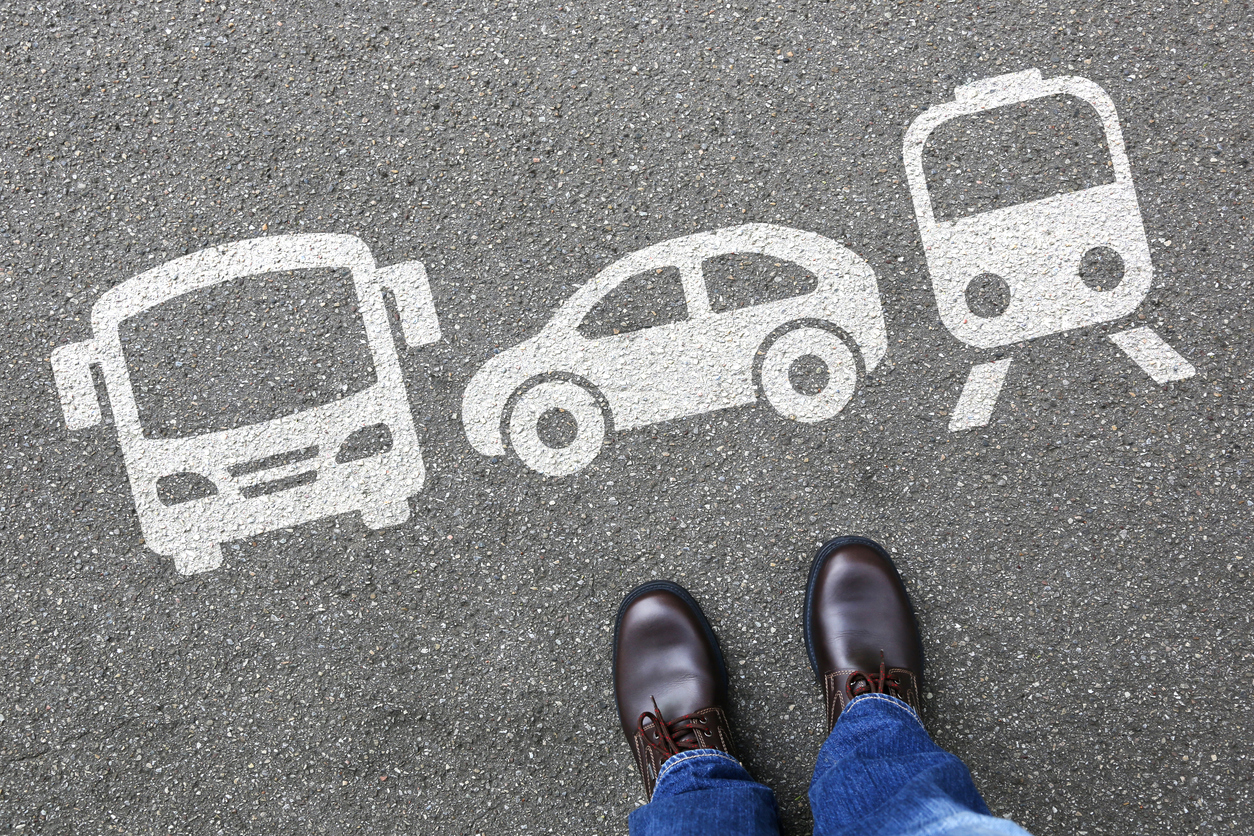Three elected officials serving on Sound Transit’s Board recently penned an editorial in The Seattle Times calling for a $15 billion increase in regressive taxes to build more light rail. Tacoma Mayor Marilyn Strickland, Everett City Councilmember Paul Roberts and Redmond Mayor John Marchione argue that building light rail is an effective way to reduce carbon emissions and improve mobility. They also compare the capacity of light rail to freeways and talk about Sound Transit’s project delivery history.
WPC found a few unsupported assertions in their editorial.
Claim: “It [light rail] is among the best things we can do to attract more jobs, connect major cities and job centers, and improve the air we breathe.”
And;
Claim: “Every commuter who chooses congestion-free light rail is someone who will help stretch our road capacity and reduce Washington’s carbon pollution, two-thirds of which comes from transportation.”
Fact: Light rail is one of the least effective and most expensive ways to reduce carbon emissions.
Voters approved the second light rail tax package in 2008. Sound Transit officials are still implementing those plans and recently released their analysis on a major project in the package, the Lynnwood Link rail extension. Their planned extension would cost between $1.4 billion and $2.0 billion to construct and millions more to operate.

Source: Lynnwood Link Final Environmental Impact Statement
According to Sound Transit’s Lynnwood Link Final Environmental Impact Statement, building the 8.5-mile light rail extension from Northgate to Lynnwood would reduce CO2 emissions by 209 metric tons daily or 76,285 metric tons annually. Using the conservative construction cost estimate of $1.4 billion for Lynnwood Link, that’s a cost of $612 per metric ton of CO2 reduction over 30 years. That does not include the cost to operate the rail line which would drive the cost per reduced metric ton even higher. Further, this analysis does not include the energy involved in building the light rail line, which would reduce the total CO2 reduction achieved by the projects.
Terapass, a nationally known firm that helps people invest in carbon-reduction projects, charges $13.12 to remove one metric ton of carbon emissions from the atmosphere. Offsetting 76,285 metric tons of CO2 pollution at Terrapass would only cost about $1 million per year.
To put it another way, the money Sound Transit officials want to spend on light rail could buy carbon offsets from programs like Terrapass for over 1,000 years, improving air quality far beyond the 30 to 50 year lifespan of light rail.
So more light rail is not a good way to help the environment, but would it reduce congestion and help the general public? I’ll address that question in my next post.




